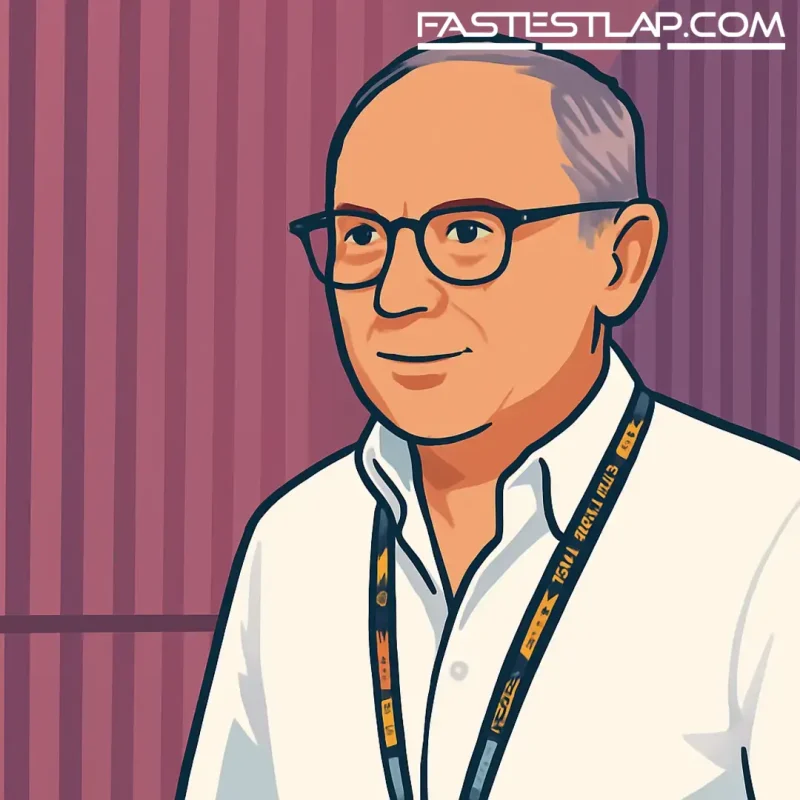Domenicali cools talk of shorter Grands Prix: “I never said we need to cut the distance”
Stefano Domenicali has moved to tidy up the headlines he helped create. After a recent interview sparked chatter that Formula 1 might shrink its race distances to suit modern attention spans, the F1 CEO says that’s not what he was advocating.
“I never said we need to cut the distance of the race,” Domenicali told The Observer. “What I’m saying is that the span of attention of the people today is very short, so we need to be attractive. We need to understand if the format of racing is the right one or not. It could be longer or shorter. Every idea has to be considered.”
It’s a typically pragmatic Domenicali line: open the door to ideas, don’t promise anything, and keep the purists calm. But his earlier remarks did signal that Formula 1’s leadership is actively stress‑testing elements of the weekend. He’s already been frank that promoters and fans “want action,” citing internal surveys that show a heavy appetite for wheel-to-wheel racing and meaningful sessions. He also noted what most broadcasters already know: highlights fly because a sizable slice of the audience only wants the key moments.
That’s where the speculation ran away. Add in previous tweaks like Sprint weekends and reduced practice time on certain events, and it wasn’t a stretch for some to assume Grand Prix distances were next on the chopping block. Drivers themselves split along familiar lines. A few were intrigued by the broader conversation. Max Verstappen, true to form, didn’t blink: he’s “more of a traditional guy,” and trimming Sunday’s headline act doesn’t sit right with him.
The baseline matters here. The World Championship’s race distances are built around an approximate 305km target, with lap counts tailored to each circuit to hit the mark. Monaco is the lone outlier, capped at roughly 260km but still 78 laps of uncompromising precision through the Principality. That architecture is part of F1’s DNA — long strategic arcs, tyre management, fuel and brake considerations, and the chance for a slow burn to explode into a final‑act scrap.
Domenicali isn’t out to torch that. He’s asking a different question: is the shape of the product right for the audience F1 serves today and wants tomorrow? That might mean interrogating how many practice sessions the public actually cares about. It might mean using more sessions that count toward something, a lever F1 has already pulled with Sprints. Or it might simply mean packaging — how the sport tells the story of a Grand Prix weekend to casual fans without diluting the core for the die‑hards.
There’s also the promoter reality. Trackside events have become destination weekends, with expectations that Friday through Sunday deliver constant purpose. That doesn’t automatically translate to shorter Sundays; it could just as easily push towards making more of Friday and Saturday matter, while leaving the 305km showpiece as the immovable object everyone plans around.
The nuance sometimes gets lost when the topic is boiled down to attention spans. Yes, younger viewers graze; yes, a well‑cut eight‑minute highlight reel can outpunch a three‑hour broadcast. But F1’s grip often comes from the longer story — the undercut gambled on lap 28 that pays off on lap 47, the safety car that flips everything on its head, the quiet pressure point that turns into a last‑ditch overtake. Shorten that too far, and you risk extracting exactly what makes it addictive.
So Domenicali’s clarification matters. He’s not waving a chainsaw at Grand Prix distances. He’s doing what any responsible custodian of a global sport should do in 2025: pressure‑testing the format, listening to data and promoters, and keeping an ear to drivers who must turn all of this into something compelling on Sunday afternoon.
In other words, the conversation is alive — and that’s fine. The sacred cow isn’t up for slaughter. It’s just being asked to move a little to see the view.




